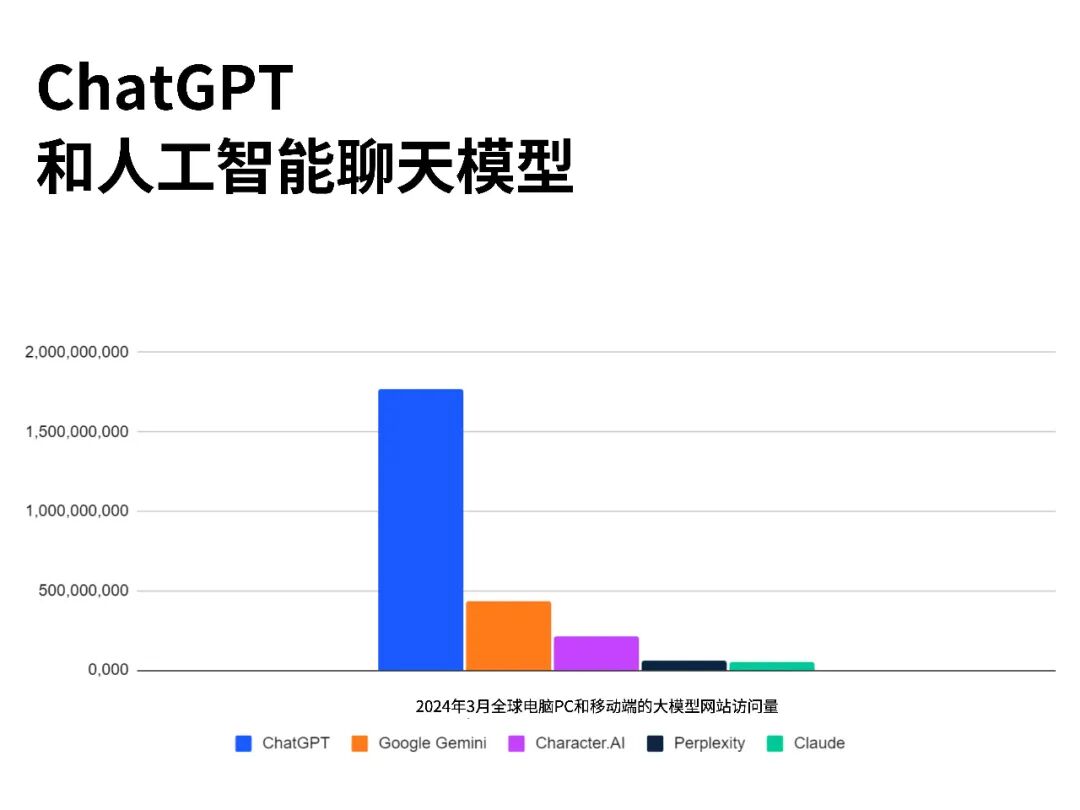Image source:Solen Feyissa/Unsplash
Thong Nguyen
Microsoft engineer
Conversational computing or imperative natural language processing is reshaping human-machine interaction, making technology more intuitive and easier to use.
Command-based natural language processing technology can transform the way we live and work, paving the way for personalized digital assistants to manage our daily tasks in the future.
However, the use of personal digital assistants has also raised concerns about privacy, accuracy, bias prevention, and ethical issues.
In the rapidly evolving field of technology, a major transformation is underway—one that is redefining how we interact with machines. At the forefront of this revolution is the emergence of command-based natural language processing, which is emerging as the primary interface for human-machine interaction. Increasingly, it’s becoming embedded across multiple layers of computer operating systems. This transformative era is giving rise to a new generation of autonomous agents, bringing with it profound implications, challenges, and opportunities for conversational computing.The Development and Impact of Command-Based Natural Language ProcessingThe field of human-computer interaction was once dominated by graphical user interfaces and command-line inputs, but advancements in artificial intelligence and machine learning are now revolutionizing the way humans interact with machines. Command-based natural language processing allows users to engage with technology using conversational language, making interactions far more intuitive and user-friendly. This democratization of technology through command-driven NLP is breaking down barriers to access, enabling users of all skill levels to participate—and ultimately fostering a more inclusive environment.Platforms like ChatGPT highlight the potential of command-based natural language processing. Developed by OpenAI, ChatGPT leverages deep learning models to understand and generate human-like text, enabling users to tackle tasks ranging from drafting emails to performing intricate data analysis and content creation. ChatGPT can effortlessly handle commands such as "Analyze customer feedback and identify key themes," demonstrating how command-driven NLP can streamline complex tasks—and boost productivity—through simple, conversational instructions.The global monthly user volume for AI chat systems exceeds 2 billion sessions.
Image source:Similarweb
Integration of Command-Based Natural Language Processing in Operating SystemsCommand-based natural language processing integration goes beyond user interaction, embedding itself into the operating system architecture through intelligence agents powered by language models. These systems feature specialized agents tailored for various tasks, while a central controller orchestrates the creation and coordination of autonomous agents—transforming the operating system into a hub of intelligent, activity-driven functionality.As command-based natural language processing becomes increasingly integrated into our daily lives and operating systems, it paves the way for a future where people can enjoy personalized digital assistants. Powered by advanced language models, these assistants will be able to manage everyday tasks—such as scheduling, communication, and even personal health monitoring. This vision goes beyond mere technological advancement; it aims to create a world that’s more connected, intuitive, and supportive for everyone.Imagine a world where people have digital companions. These assistants don’t just understand what you say—they also grasp the context and emotions behind your words. From managing schedules and handling communications to offering personalized advice on health and finances, these assistants are tailored specifically to each individual’s preferences and living environment. They can help seniors keep track of their medication routines, assist students with homework, or provide new parents with instant answers to countless questions—all delivered in the language and communication style they prefer.Improve daily life and workIn a professional setting, these assistants can transform the workplace by managing tasks, optimizing workflows, and fostering remote collaboration. They can serve as the backbone for handling complex projects, ensuring that all team members stay synchronized and well-informed. Ultimately, they help reduce stress on individuals while boosting overall productivity.In a personal setting, these assistants can help individuals strike a balance between work and life by taking over time-consuming tasks such as managing schedules, handling budgets, and suggesting leisure activities. They can also play a crucial role in personal wellness, encouraging users to adopt healthier habits or practice mindfulness based on their daily routines and stress levels.Bridging the global divideGlobal deployment of personal assistants has the potential to bridge the economic and digital divides. By offering tailored educational tools, language translation services, and expert career-development advice, these assistants can empower individuals in underserved communities, opening doors to opportunities that were once out of reach. They can democratize access to education, healthcare, and economic participation, creating a level playing field for millions of people worldwide.Future Opportunities and Challenges for Personal Digital AssistantsThe deployment of personal digital assistants will unlock transformative opportunities:- Accessibility and Inclusivity: Personal digital assistants can enhance people from diverse backgrounds—whether they’re disabled or have limited technical expertise—by offering personalized support across multiple languages and environments, ensuring no one is left behind.
- Efficiency and Productivity: Assistants can boost people’s productivity by managing daily tasks such as scheduling and communication, while also streamlining operations in professional settings through optimized workflows and efficient administrative oversight.
- Innovation and global empowerment: The healthcare, education, and customer service sectors hold immense potential for innovation—driven by personalized learning experiences and advanced health monitoring. These technologies can help bridge the digital and economic gaps through educational and professional development tools, ultimately empowering individuals in underserved and developing regions.
However, the widespread use of personal digital assistants has also brought significant challenges:- Privacy and Security: Ensuring robust privacy and security measures is essential for handling personal data safely and respectfully, along with establishing clear protocols for data usage and storage.
- Accuracy, reliability, and ethical considerations: Personal digital assistants must accurately understand and handle nuanced human language to prevent misunderstandings. Meanwhile, ethical concerns such as autonomy, surveillance, and job displacement also require us to continuously refine AI technologies and adapt societal policies accordingly.
- Inclusivity and Bias Prevention: It is crucial to develop these assistants using diverse datasets that encompass a wide range of languages, dialects, and cultural backgrounds—only then can we ensure that they provide fair access and functionality for all users.
The potential for everyone to have a personal digital assistant in the future opens up a new dimension of human-machine interaction—one that is more intuitive and seamlessly integrated into our daily lives. While this future holds promise for boosting efficiency, enhancing accessibility, and fostering greater inclusivity, the challenges it presents will require collaborative efforts from tech experts, policymakers, and the global community to address effectively.By proactively addressing these challenges, we can fully unlock the potential of conversational computing and pave the way for the future—a future where we not only harness cutting-edge technology but also ground it in ethical principles, ensuring widespread societal benefits.
The above content solely represents the author's personal views.This article is translated from the World Economic Forum's Agenda blog; the Chinese version is for reference purposes only.Feel free to share this on WeChat Moments; please leave a comment below the post if you’d like to republish.
Translated by: Wu Yimeng | Edited by: Wang Can
The World Economic Forum is an independent and neutral platform dedicated to bringing together diverse perspectives to discuss critical global, regional, and industry-specific issues.
Follow us on Weibo, WeChat Video Accounts, Douyin, and Xiaohongshu!
"World Economic Forum"






